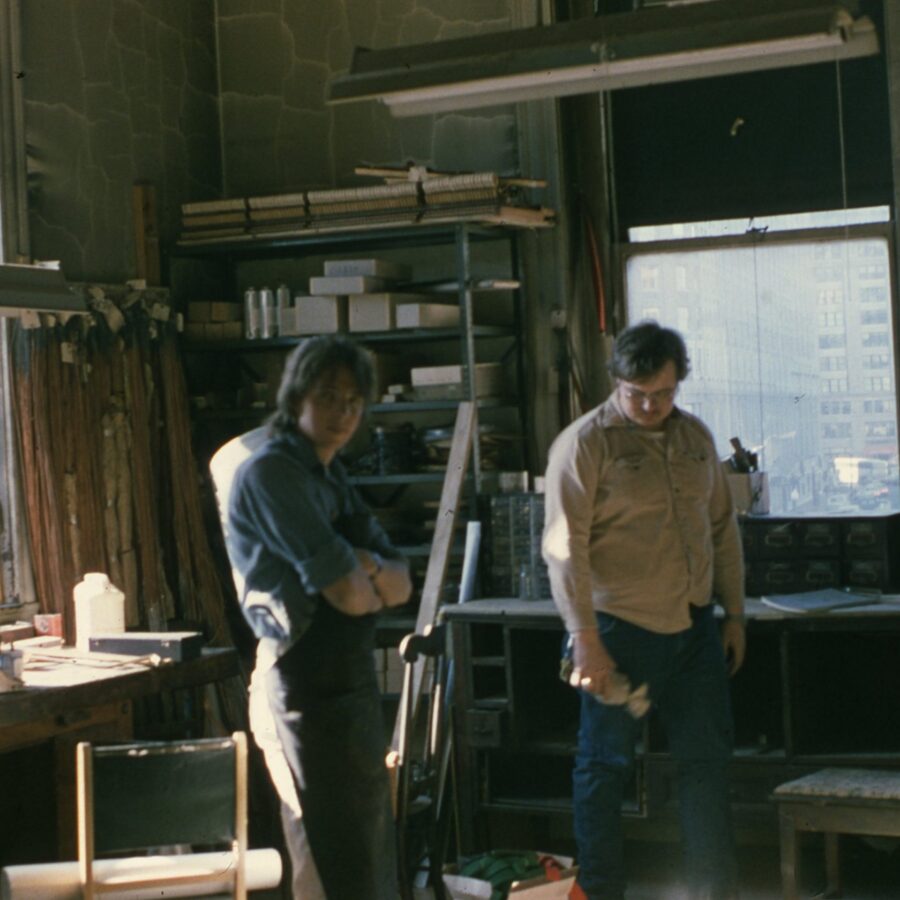Family’s love of music led to a Steinway partnership and a string of piano stores. Fund at The Trust supports biomedical research.
Albert Steinert (1868-1927)
Marie Steinert (1875-1967)
Albert Steinert’s love of music and musical instruments came naturally: He inherited it. And he made it his life’s work to share his and his family’s appreciation for music.
Albert’s father, Morris Steinert, was born in Bavaria in 1831. At a local monastery, he learned to play the clavichord, then the flute, violin, and pianoforte. Before long, he was traveling throughout Europe, playing music; after a short stint in France, Morris boarded the ship Jenny Lind to America in 1849.
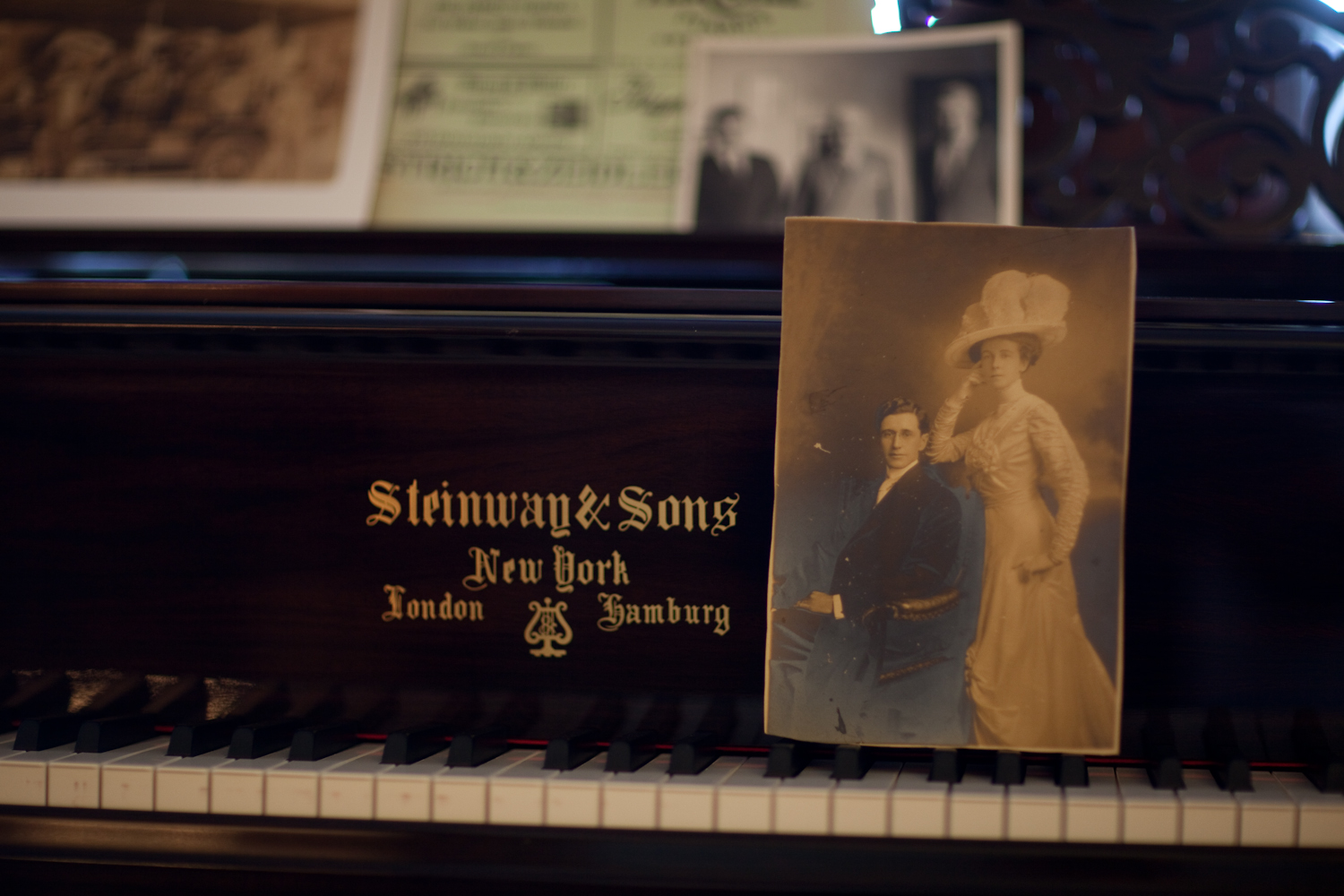
Morris began his life in New York City selling optical goods door-to-door but with limited success since he didn’t speak English. To survive, he joined a traveling minstrel group as a violinist, finally settling down in Savannah, Georgia, where he worked in a store selling and repairing pianos, violins, accordions, and banjos. The local Baptist church hired Morris as organist, allowing him to send for his fiancé, Caroline Dreyfus, who was waiting back in New York.
In 1859, the Steinerts moved to Tallahassee, Florida, where Morris “was successful beyond anything I had dreamed of, tuning, repairing, and buying old pianos,” which he later fixed up, revarnished, and sold at a profit, according to family lore published on the company’s website. When the Civil War broke out in 1861, rather than fight for the Confederacy, Morris moved his wife and two young sons by wagon and train back North, leaving most of their possessions behind.
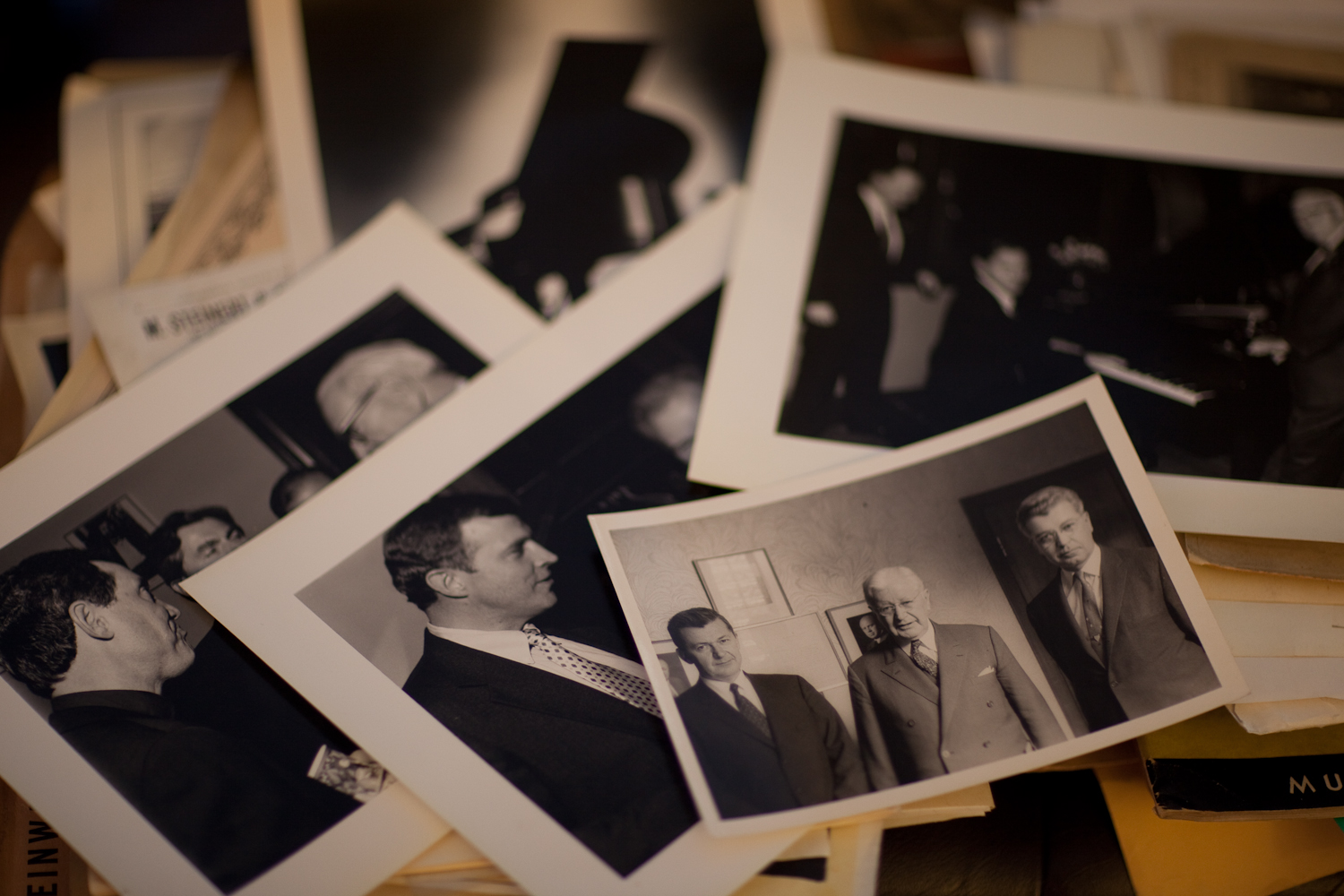
Albert Morris Steinert was born February 5, 1868, in New Haven, Connecticut, where his father had been performing with students from Yale at Bull’s piano store on Chapel Street. Eventually Morris brought in more musicians and formed the Steinert Family Orchestra, which later became the New Haven Symphony. As Morris’ family grew—Albert had seven brothers and a sister—he opened a retail business stocked with used fiddles and pianos. It flopped.
Then, in September 1869, after three failed attempts, Morris was granted the region’s exclusive agency to sell pianos made by Steinway & Sons (the “House of the Barons,” Morris called it) at a store he rented in Providence, Rhode Island. Encouraged by that success, he opened stores in Boston and most major cities in New England, employing seven of his sons.
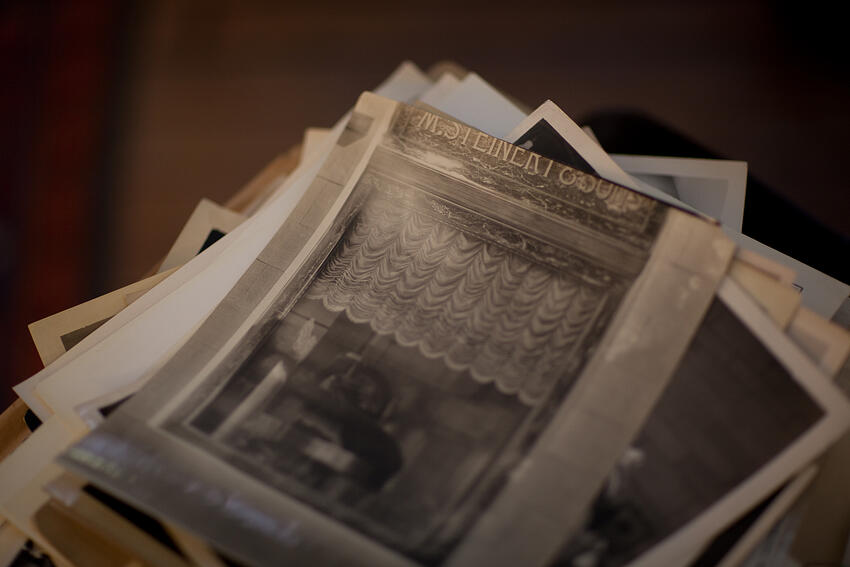
As a young boy, Albert had become an accomplished violinist and was drawn to a career in music. On a few occasions, he toured with Arthur Friedheim, one of the greatest pianists of his time. He also accompanied his father and New York Tribune music critic Henry Edward Krehbiel on educational tours. In 1892, Albert settled in Providence to take charge of the local branch of M. Steinert & Sons and to raise the standards of musical tastes and appreciation in his adopted hometown. He brought in the leading artists and orchestras of the time, including Rachmaninoff, Thibaud, and Toscanini, along with the New York Philharmonic.
On January 7, 1901, Albert married Marie Alice Phillips of New York City. They had two daughters, Kathryn Lillian, who died in her junior year at Wellesley College, and Alice Marie, who died at age nine of meningitis.
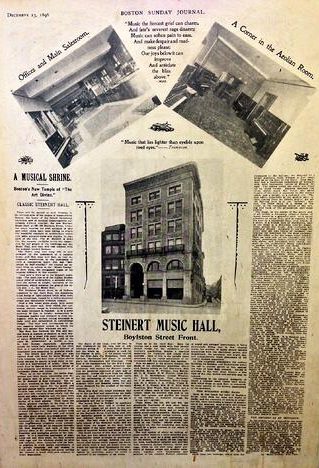
Through it all, Albert retained his passion for music, took an interest in community life in Providence, and was active in the Democratic party. In 1911, he was a candidate for state treasurer of Rhode Island, vowing to issue state bonds in small denominations that would ensure “absolute competence for the widows, orphans, and the aged.” After supporting Woodrow Wilson’s 1912 campaign, Albert won a seat as a presidential elector. He also found time to amass a remarkable collection of art and antique musical instruments, including a 1613 double-banked harpsichord, and a beautiful harpsichord from about the same period that bears the Medici family coat of arms.
Albert died on December 15, 1927, at age 59. “It is not until we have lost a prized possession,” a friend wrote in a tribute, “that we realize how truly great and valuable it was.”
Steinert Hall at Brown University in Providence bears the family name. It’s equipped with 13 practice rooms, each containing a piano.
When Marie Steinert died in 1967, the remaining assets of the Albert and Marie Foundation were used to create the Albert and Marie Steinert Fund which supports cancer research and palliative care.
